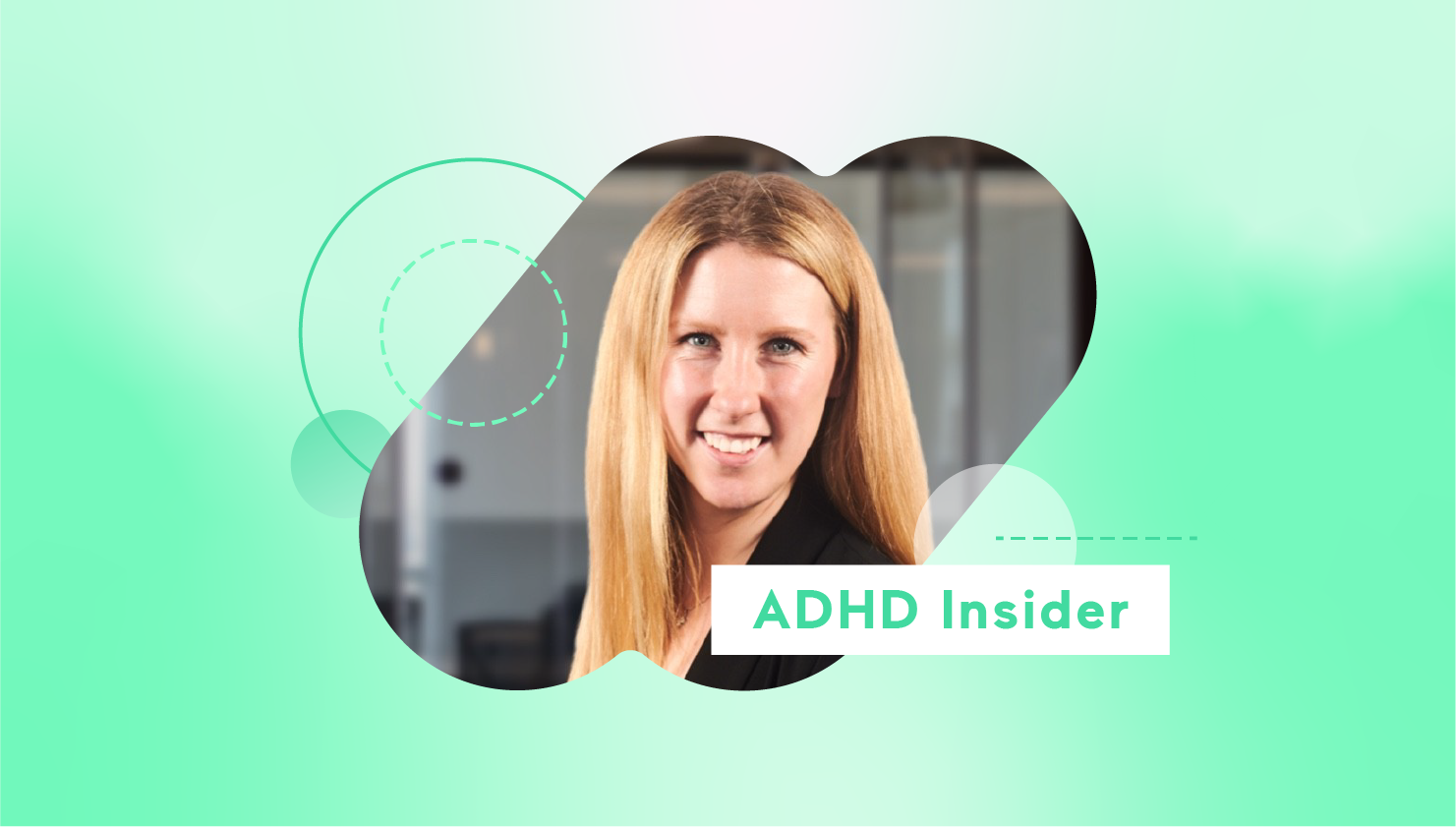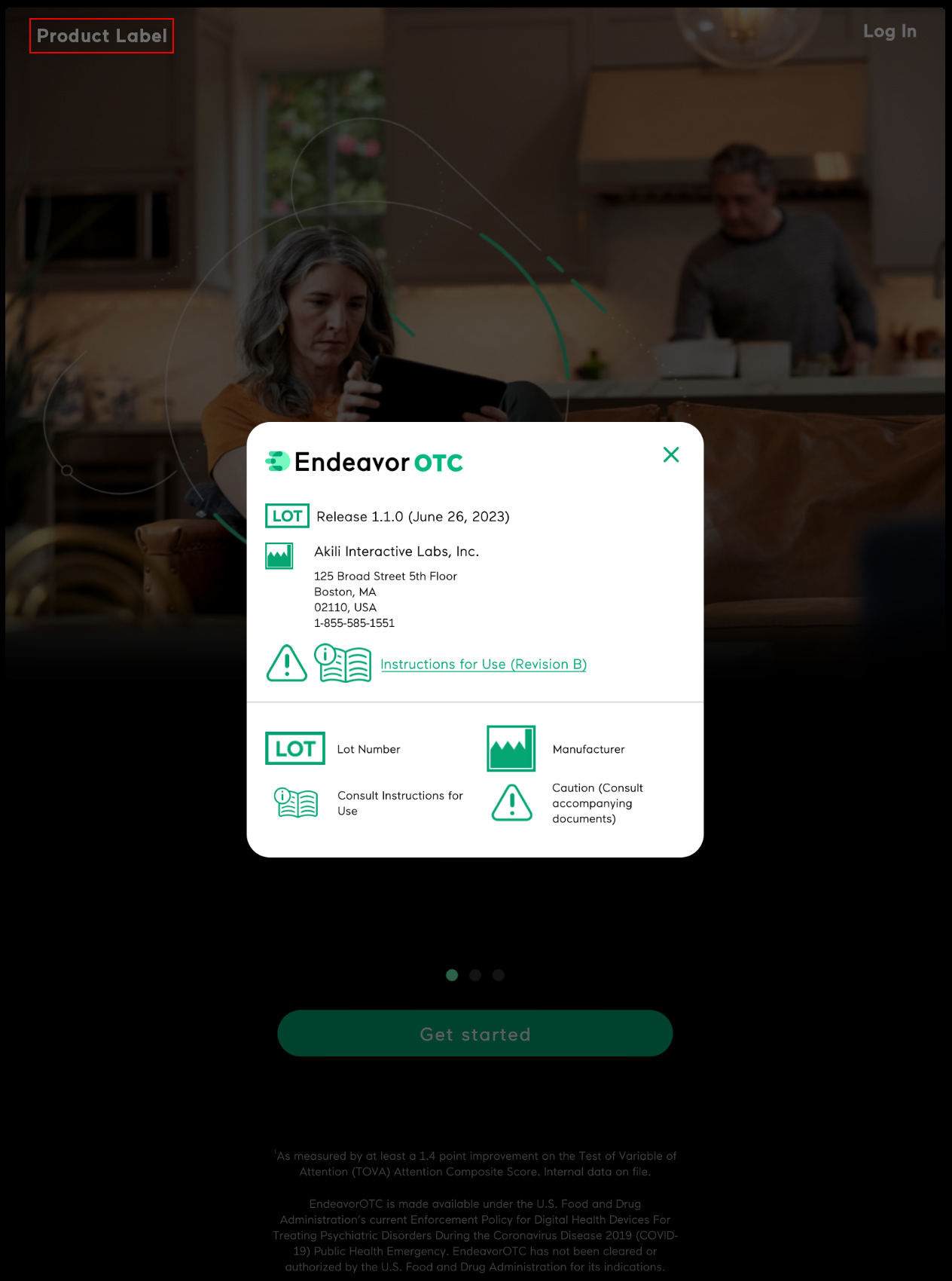ADHD Insider: The Lesser Known Twin of Hyperfixation

Welcome to the first official post of ADHD Insider where I hope to help bridge my own personal experience with clinical expertise in order to shed light on the less commonly discussed aspects of ADHD. With any luck, these posts will be as entertaining as they are informational.
With that introduction out of the way, the first challenge I want to discuss is what I have lovingly deemed “hyper-brood.” I pride myself on my ability to turn a phrase and I really think “hyper-brood” is going to take off. I can envision the swag now.
“Hyper-brood” is what I consider the negative version of that ADHD symptom many of us are all-too familiar with: hyperfixation, or “hyperfocus” in the scientific community.1 Hyperfixation, or hyperfocus, is described clinically as a state of heightened, focused attention that those with ADHD experience, where the person is aware there are more important things they should shift their attention to but they cannot give up what they are focusing on all the same.2
This symptom, by the way, is an important reminder that “attention deficit” should not be taken too literally; ADHD means we struggle with the ability to shift focus between tasks as well. Shifting focus between tasks is made even more challenging if the new task feels mundane or overly functional. To that end, hyperfixation is often referred to as an ADHD superpower because it can allow a person to focus on a skill, project, murder mystery, or fantasy universe written by J.R.R. Tolkien to the point where they are fluent in Elvish in a way no other human is.
The problem is, hyperfixation does not discriminate between positive exploration or negative exploration. When covered as a symptom, hyperfixation is usually described as focusing on neutral or even positive, and the negative comes from not being able to appropriately switch focus to more pressing, life-demanding tasks. That’s why I have created the term “hyper-brood.” Disclaimer: I am an individual patient, not a member of the scientific or medical community, and “hyper-brood” will not be recognized as a clinical term any time soon (read: ever). However, the sentiment is a legitimate manifestation of hyperfixation that I decided needed a name.
Hyper-brood, by my definition, means that I will hyperfixate on a negative thing that has happened and I will pick it apart in both thought and/or action until I feel I have concluded my “work.” In the same way hyperfixation can cause those with ADHD to neglect to go to the grocery store or complete their taxes, hyper-brooding does the same thing to me. This happens in a way that meets the same clinical criteria for hyperfixation.3
Clinical Criteria for Hyperfixation:
-
The task has to be engaging.
Hyper-brood take: There is no more engaging task than trying to dissect a bad thing that has happened to me so that it (in my mind) never happens to me again.
-
Hyperfixation is an intense state of sustained or selective attention.
Hyper-brood take: There is no thinking about anything else until I “solve it” (whatever that means). And every once in a while, another (perhaps more productive) thought might creep in and I’ll find a way to bring that back to what I am hyper-brooding on.
-
Hyperfixating limits the perception of non-task relevant stimuli.
Hyper-brood take: I have not been able to get myself to meetings, doctor’s appointments, or (and this is the honest-to-goodness, unadulterated truth) holidays with my family because I could not get out of my hyper-brood.
-
Hyperfixating can improve task performance.
Hyper-brood take: I am very, very good at executing the necessary hyper-brood thinking and tasks until all possible future and retroactive solutions have been explored. As an example, despite not being able to finish a simple set of instructions from Ikea, I can finish a ten-page research paper on the respective merits of different sleep training methods and how to implement each because I can’t stop thinking about how bad last night was. I concluded my research in record time, implemented a solution right away and can tell you the baby in question became an excellent sleeper. Strong hyper-brood task performance.
For clarity’s sake, this is not to be confused with the tendency for negative self-talk or shame4 (although, those traits sometimes gang up on me with my hyper-brooding), as the hyper-brood does not have to be about something I did wrong. Sometimes, the hyper-brooding is about the image of a dog from one of those ASPCA Sarah Mclachlan commercials and how many dogs there are in this country that don’t have homes and what I should consider doing about it. That said, hyper-brood does seem directly related to ruminating, which is common if you have ADHD and potentially even more common if you have ADHD and comorbidities (which is a medical term that means you have other health/mental health conditions) such as anxiety and/or depression.5 Rumination is often described as replaying concerns in your head repeatedly or getting “stuck” on negative thoughts. Sounds like the start of a hyper-brood, right? Oftentimes, hyper-brood feels like the perfect negative hurricane that combines hyperfixation and rumination.
Now, the nice thing about hyper-brood and hyperfixation being two sides of the same coin is the effective tricks for managing out of a hyper-brood are largely the same.
1: Identifying Hyper-Brood Moments
Try to make an effort to identify those hyper-brood moments when your thoughts decide to throw a carnival inside your head. Naming the moment for what it is (“I’m hyper-brooding”) can sometimes help push you to implement other solutions more quickly.
Step 2: Journaling Your Hyper-Brood Chronicles
Create a Hyper-Brood Diary– like me! Channel your inner Bridget Jones or Doug Funnie and jot down what you are hyperfixated on. This isn’t just a diary; it’s your secret weapon to decode the patterns and triggers of hyper-brood, and sometimes getting it out on paper allows us to walk away from the issue or “project” long enough to realize we may not necessarily need to come back to it.
Step 3: Identifying Triggers for Hyperfixation or Hyper-Brood
Become the Enola or Sherlock Holmes of your own mind. Dedicate a page in your Hyper-Brood Diary to identify triggers—those sneaky culprits that invite hyper-brood to the party. Recognizing triggers is often a crucial step to regaining control. It may also become apparent that you are more susceptible to hyper brood during certain times like when multiple things have “gone wrong at once” or when your hormones are all over the map. I will readily admit that my hyper brooding levels are directly tied to my PMS levels.
Step 4: Refocus your attention
Open ADHD Treatment or Management App Do something small but different for a few moments, but still in service of harnessing your ADHD superpowers. It’ll come as no surprise that I’ll use hyper-brooding moments as a catalyst to open EndeavorOTC but there are also fabulous management apps that might help you shift your attention to something that feels more productive.
About the Author
-
Caty Reid’s career has been characterized by her unique blend of consumer and healthcare marketing expertise, requiring her to routinely weave complex and verbose medical concepts into digestible and user-friendly consumer content. Through her love of writing and her unwavering commitment to improving lives, she has consistently excelled in navigating the complexities of the healthcare landscape, bridging the gap between innovative technologies and the needs of consumers. Her passion for writing for the ADHD community, and those interested in better understanding their condition and their options, goes well beyond professional expertise; Caty has also been diagnosed with ADHD as an adult and has been on a personal & professional journey to help uncover the unknowns and crush the stigma(s) of adult ADHD.

